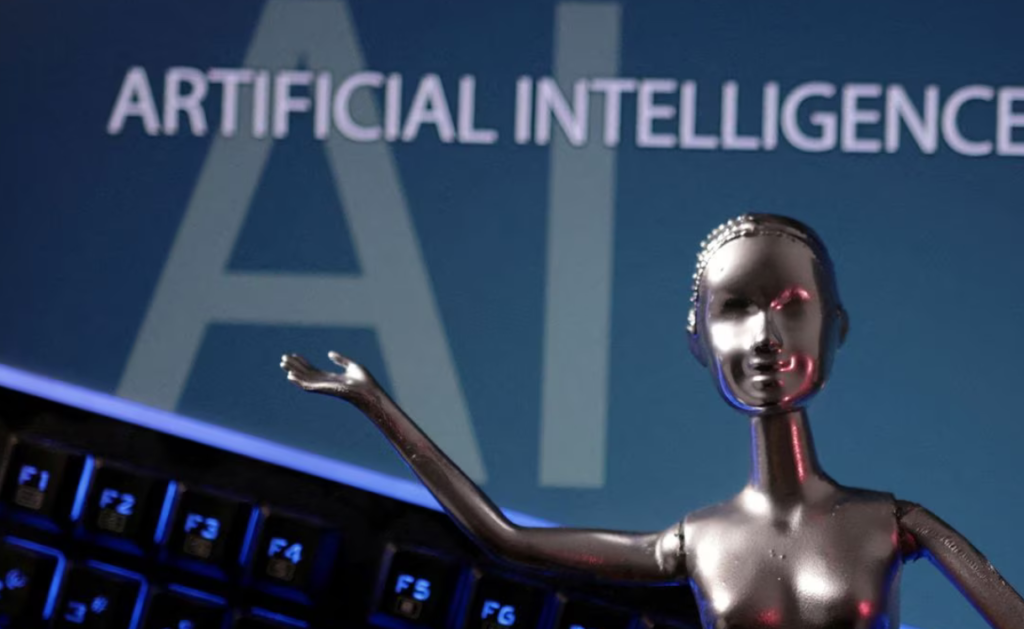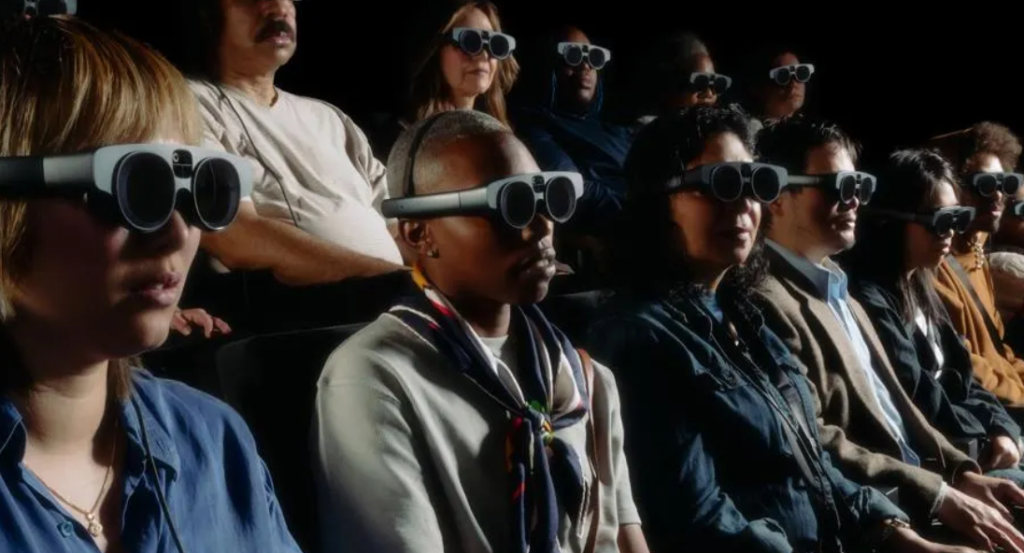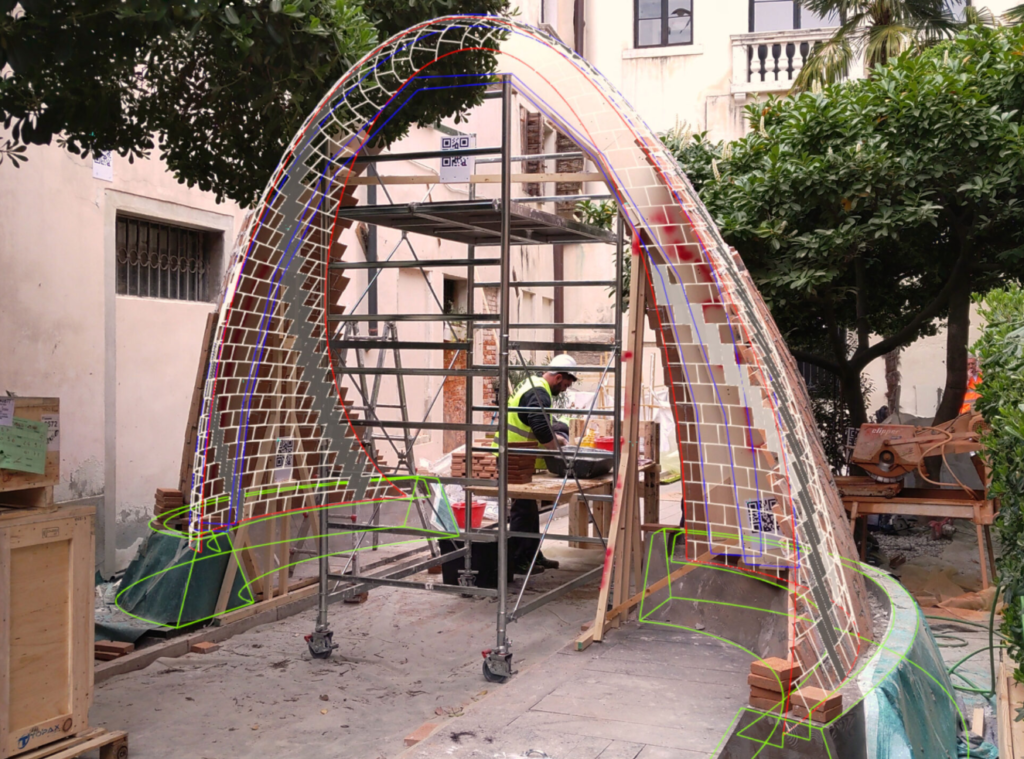Designing the extraordinary at Walt Disney Imagineering
Over a 30-year career in theme park design, Disney’s Scott Trowbridge has been the creative force behind some of the world’s most successful and ground-breaking theme park attractions. ...
In the early 90s, Trowbridge gained a place at the University of Southern California’s prestigious School of Cinematic Arts (SCA). ...
At SCA, aside from learning “so much about what not to do”, Trowbridge says he learned the importance of storytelling. “I think it’s at the heart of who we are as humans. We experience the world through narrative examples … that’s just how we’re wired”. ...
“At Disney, we’re there to entertain our guests. We’re not there to challenge them. That ability to put yourself in the story, to become a character or a version of a character that you want to play in one of our immersive experiences is amazing. And when we have given our guests (and our cast too) the opportunity to be more of a participant in these stories and not just a spectator, they have really, really, sparked that. ...
Not only are we talking to them, but our fan base is very, very vocal and lets us know what they’re thinking about what we do all the time, every day.” ...
“We went into this knowing that nothing like this had ever been done before. But we thought we’re never going to get good at this kind of thing if we don’t start. I’m so proud to have been part of the team that brought Star Wars: Galactic Starcruiser to life. We’ve learned a ton. And we’re already thinking about what we might do next”. ...
See the full article with embedded video here; https://blooloop.com/theme-park/in-depth/scott-trowbridge-disney-imagineering/?fbclid=IwAR0gXSy8_VAYQ72ocVpKkL4YC99l1H4twZDRFml4jiSLWvODAIasf6TYdkg

U.S. Congress to consider two new bills on artificial intelligence
U.S. senators on Thursday introduced two separate bipartisan artificial intelligence bills on Thursday amid growing interest in addressing issues surrounding the technology.
One would require the U.S. government to be transparent when using AI to interact with people and another would establish an office to determine if the United States is remaining competitive in the latest technologies. ...
See the full story here: https://www.reuters.com/technology/us-congress-consider-two-new-bills-artificial-intelligence-2023-06-08/

AI Is About to Turn Book Publishing Upside-Down
...
I’ll take a libertarian tack: you can only understand the perils surrounding a new technology after you fully appreciate the opportunities that it affords. ...
See the full story here: https://www.publishersweekly.com/pw/by-topic/digital/content-and-e-books/article/92471-ai-is-about-to-turn-book-publishing-upside-down.html?fbclid=IwAR2PmVq48CMYTNOSYt7EEDVnGuFG_RlFv887Rrad_-frxjJLlUlbfVqVTao
KAGAMI Live Mixed Realty Show Begins Limited Theatrical Run
A new performance opened at The Shed’s Griffin Theater in New York this week, KAGAMI, which blends theater, music, film and Magic Leap 2 mixed reality headsets. The fifty minute experience is built around a volumetric capture of late composer and performer Ryuichi Sakamoto. This is a once-in-a-lifetime opportunity for New York audiences to see the mixed reality future of live performance. ...
As the show begins, we’re advised we can move around if we choose. No one does, at first. Sakamoto’s hologram, seated at the piano, materializes in the middle of the room and begins to play the first piece. A few of us rise and move toward the performer. Soon, others follow. Slowly, effects start to flow around us. Augmented by the theatrical lighting in the room, the music, effects, and images create a world moving and morphing around us. When Sakamoto, well, his hologram, ends a piece, there is silence. One person claps before they realize this is not a live performance. ...
See the full story here: https://www.forbes.com/sites/charliefink/2023/06/10/kagami-live-mixed-realty-show-begins-limited-run/?sh=1278e5153be5

Mattel Experiments With ChatGPT in Cybersecurity
...
Training employees on query techniques would help, Mattel’s Le said. All Mattel employees using ChatGPT are receiving training on how to use generative AI tools securely, he said.
Instead of posing a subjective question, such as whether behavior detected on a corporate network is suspicious, for example, cyber teams would get more accurate and useful results by asking how many times there was similar activity, he said. ChatGPT is less likely to be wrong if a prompt is specific, he said.
Employees should be able to understand the context to judge whether a hack is afoot, he said. “The devil is really in how you ask the question,” he added. ...
See the full story here: https://www.wsj.com/articles/mattel-experiments-with-chatgpt-in-cybersecurity-c80a0965
Senators plan briefings on AI to learn more about risks
...
“We’re trying to combine, and to put together a process, where members of the U.S. Senate can actually come to a common understanding of just exactly what we mean when we talk about ‘machine learning’ or ‘AI,’ what it really is in terms of its current status, what it looks like today,” he said at the summit where Warner spoke.
“And we’re trying to do this as a group in a bipartisan basis,” he said, “so that folks can bring in their ideas and can be a host for other parts of the industry to come to different members and say, ‘These are the concerns we’ve got.’”
See the full story here: https://www.federaltimes.com/federal-oversight/congress/2023/06/07/senators-plan-briefings-on-ai-to-learn-more-about-risks/
Renaissance algorithm meets augmented reality at Venice Biennale
When most visitors contemplate the magnificent domes of Florence’s Cathedral of Santa Maria del Fiore, they see a triumph of early Renaissance architecture and artistry. But Sigrid Adriaenssens, a professor of civil and environmental engineering at Princeton University, sees something more: an algorithm that holds the key to building techniques that can minimize waste and unlock beautiful new forms of architecture.
For Adriaenssens, one of the most remarkable aspects of the Florence dome is invisible to the naked eye. Behind the decorated veneer, the dome’s bricks are arranged in a special pattern that allowed builder Filippo Brunelleschi to construct his famous dome without external support. In 2020, Adriaenssens and her colleagues published a paper that revealed how Brunelleschi arranged these bricks to support the massive Florence dome all on their own. Now, she has resurrected this Renaissance algorithm to build an installation for the Venice architecture biennale exhibition, Time Space Existence, which blended classical mason techniques with modern technologies such as augmented reality. ...
But these masons have a technological advantage that Brunelleschi could have never dreamed of. They built the arch using a HoloLens, a commercial augmented reality system that shows them exactly how to place individual bricks during the building process. ...
Adriaenssens says the biennale project also has important philosophical implications for how we think about innovation. For example, Giuseppe Taramelli, one of the Italian masons working on the vaulted arch has historically found it difficult to recruit young apprentices, who often see the profession as boring and antiquated. “He wants to use this project to attract young people to masonry, which seems like a very old-fashioned career where nothing new is happening,” says Adriaenssens. “So now he’s making a movie about this project to show how exciting this field can be with new technologies.” ...
See the full story here: https://engineering.princeton.edu/news/2023/06/07/renaissance-algorithm-meets-augmented-reality-venice-biennale

Is it real or made by AI? Europe wants a label for that as it fights disinformation
The European Union is pushing online platforms like Google and Meta to step up the fight against false information by adding labels to text, photos and other content generated by artificial intelligence, a top official said Monday.
EU Commission Vice President Vera Jourova said the ability of a new generation of AI chatbots to create complex content and visuals in seconds raises “fresh challenges for the fight against disinformation.” ...
The swift rise of generative AI technology, which has the capability to produce human-like text, images and video, has amazed many and alarmed others with its potential to transform many aspects of daily life. Europe has taken a lead role in the global movement to regulate artificial intelligence with its AI Act, but the legislation still needs final approval and won’t take effect for several years. ...
See the full story here: https://apnews.com/article/artificial-intelligence-disinformation-europe-58a61973645ee0c36dddd1cbea81a42e

POV: AI could easily take over our elections—and undermine democracy
...
Imagine that soon political technologists develop a machine called Clogger, a political campaign in a black box. Clogger relentlessly pursues just one objective: to maximize the chances that its candidate—the campaign that buys the services of Clogger Inc.—prevails in an election. ...
European Union regulators are moving in this direction. Policymakers revised the European Parliament’s draft of its Artificial Intelligence Act to designate “AI systems to influence voters in campaigns” as “high risk” and subject to regulatory scrutiny.
One constitutionally safer, if smaller, step, already adopted in part by European internet regulators and in California, is to prohibit bots from passing themselves off as people. For example, regulation might require that campaign messages come with disclaimers when the content they contain is generated by machines rather than humans. ...
The possibility of a system like Clogger shows that the path toward human collective disempowerment may not require some superhuman artificial general intelligence. It might just require overeager campaigners and consultants who have powerful new tools that can effectively push millions of people’s many buttons.
See the full story here: https://www.fastcompany.com/90904487/pov-ai-could-easily-take-over-our-elections-and-undermine-democracy
What Would AI Regulation Look Like?
Takeaways:
- A new federal agency to regulate AI sounds helpful but could become unduly influenced by the tech industry. Instead, Congress can legislate accountability.
- Instead of licensing companies to release advanced AI technologies, the government could license auditors and push for companies to set up institutional review boards.
- The government hasn’t had great success in curbing technology monopolies, but disclosure requirements and data privacy laws could help check corporate power.
See the full story here: https://news.yahoo.com/ai-regulation-look-120000214.html

Pages
- About Philip Lelyveld
- Mark and Addie Lelyveld Biographies
- Presentations and articles
- Tufts Alumni Bio